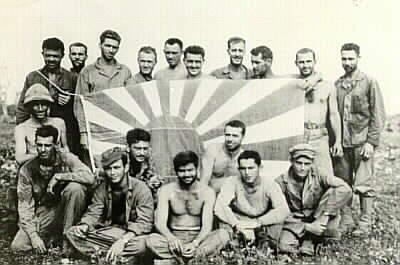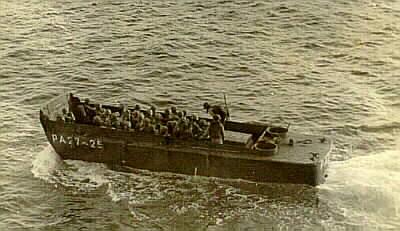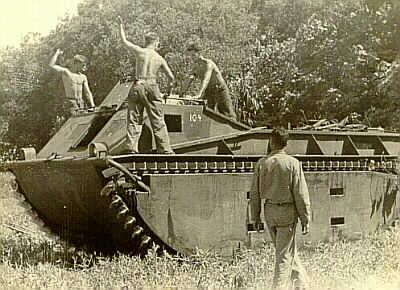Clarence Christensen
Era: World War II
Military Branch: Navy







Clarence Christensen graduated from the University of Iowa Medical School in 1940 and served in Duluth, Minnesota and Biwabik, Minnesota before being commissioned as a U.S. Navy medical officer.
He was assigned primarily to Marine Corps units in the Pacific during World War II.
Dr. Christensen was awarded the Bronze Star for his actions in July and August 1944 on Guam. The citation for the medal says: “Frequently visiting the front lines despite enemy fire, Lt. Christensen attended badly wounded men and supervised their evacuation. Responsible for the saving of many lives, he contributed materially to the high morale maintained among the front-line troops. His professional skill and devotion to duty were in keeping with the highest traditions of the U.S. Naval Service.”
He says that during his service on Guam about 10 percent of the Marines he was assigned to were killed and 30 percent wounded. Besides battle wounds, he said doctors treated Marines for malaria and hepatitis.
Dr. Christensen recalls being in a foxhole one night and hearing a hissing noise followed by a thud. Though nothing else happened then, a Marine urged others to remain in their foxholes. He says the next morning they found a defective mortar shell lying near their heads.
He was assigned for temporary duty at a hospital in Bremerton, Wash., where his duties included escorting first lady Eleanor Roosevelt during a visit. He introduced her to every solider on the ward and says he was “very impressed with her graciousness, interest and patience with the wounded soliders.”
Besides his Bronze Star, he was awarded five battle stars. Dr. Christensen eventually rose to the rank of captain in the Navy Reserve and was recalled to active duty in 1950-51 during the Korean War.
He practiced medicine in Duluth until retiring.

